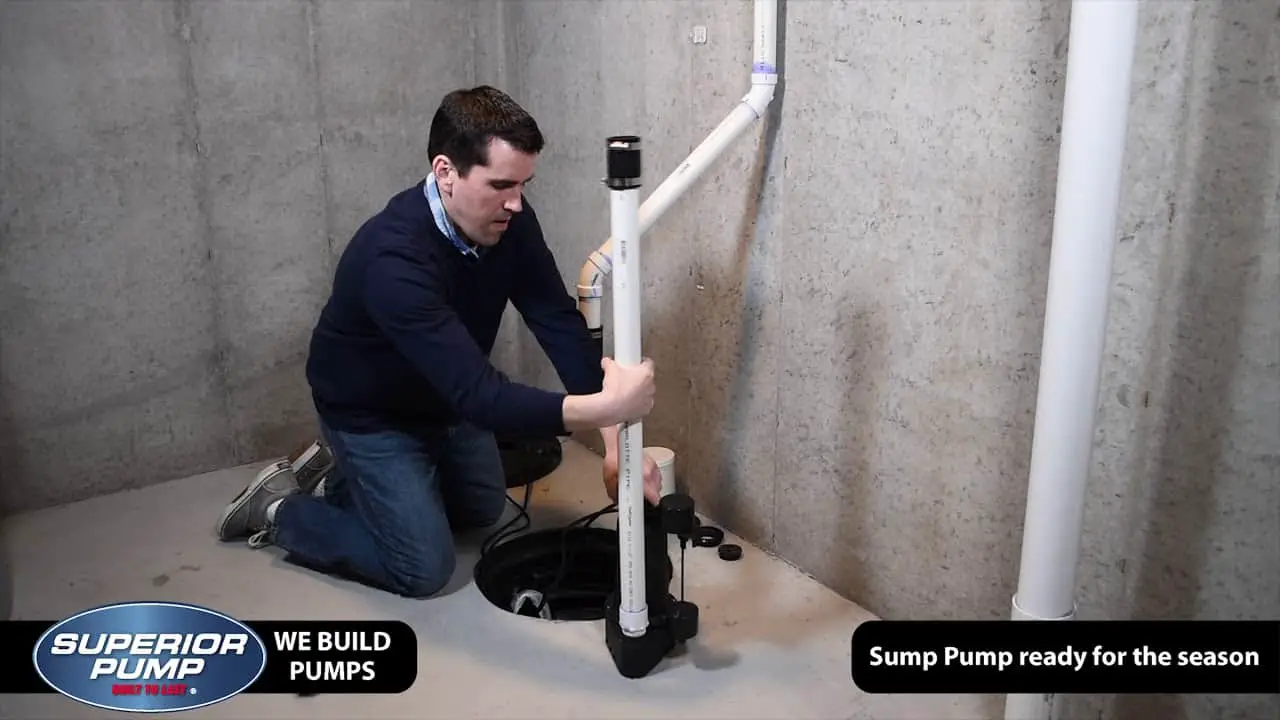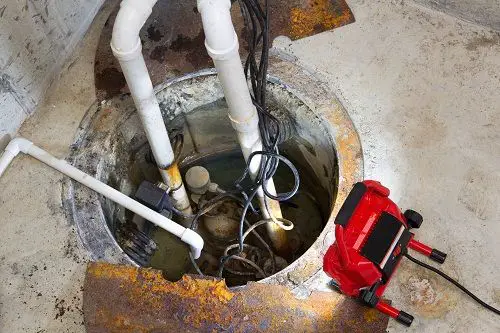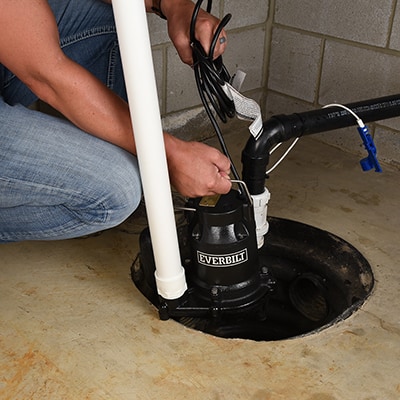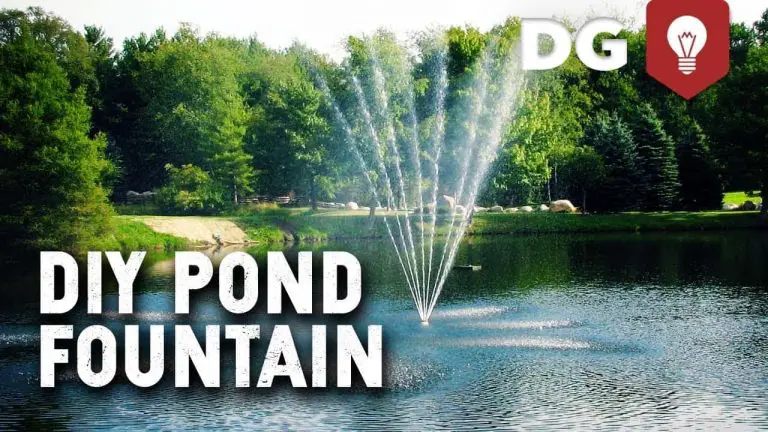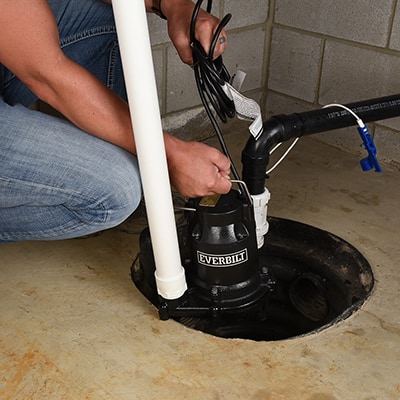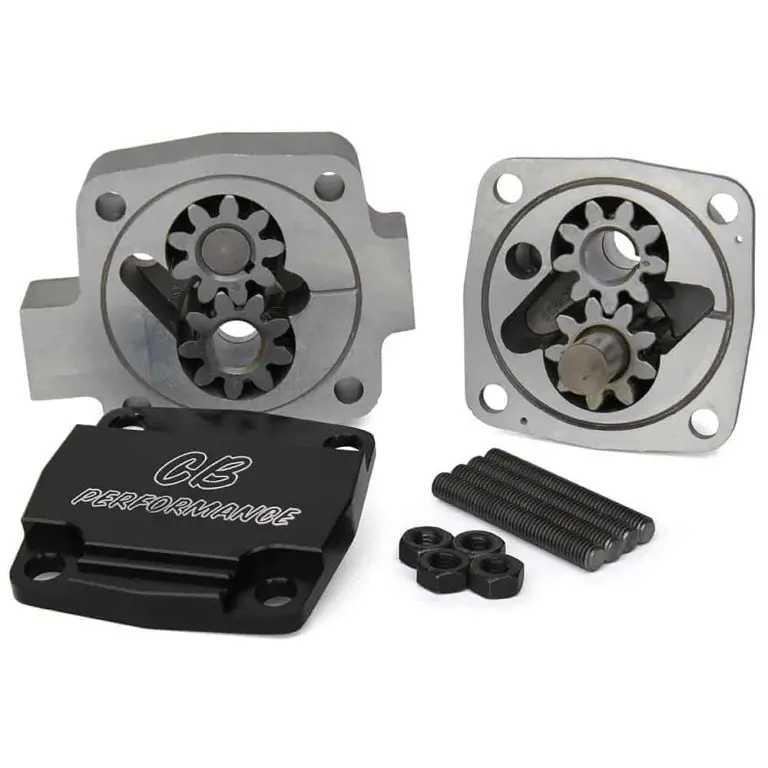Can You Service a Sump Pump
Sump pumps are one of the most important pieces of equipment in a home. They are responsible for keeping the basement dry and free of water damage.
Without a sump pump, your basement could easily flood, ruining everything in it. If you have a sump pump, it is important to know how to service it so that it continues to work properly.
- Check the float switch to see if it is working properly
- If the float switch is not working, the sump pump will not turn on
- Check the discharge pipe to see if it is clogged or blocked in any way
- If the discharge pipe is clogged, the sump pump will not be able to do its job properly
- Check the intake screen to see if it is clean and clear of debris
- If the intake screen is clogged, the sump pump will not be able to take in water properly
- Once you have checked all of these things, you can then service the sump pump by cleaning it and lubricating it as needed
Simple Sump Pump Maintenance
Sump Pump Maintenance near Me
If you live in an area that experiences a lot of rainfall or flooding, then you know how important it is to have a sump pump. A sump pump helps to remove water from your basement or crawlspace and keep your home dry.
But like any other mechanical device, a sump pump needs regular maintenance to keep it running properly. Here are some tips on how to maintain your sump pump: 1.
Check the discharge line regularly. The discharge line is the pipe that carries water away from your home once it has been pumped out by the sump pump.
Over time, this pipe can become clogged with debris or even freeze during cold weather. As a result, it’s important to check the discharge line regularly and clear any blockages that you may find.
2. Keep an eye on the float switch.
The float switch is what turns the sump pump on when water levels start to rise in your basement or crawlspace. If this switch becomes stuck in the “on” position, it can cause your sump pump to run continuously – which will shorten its lifespan considerably.
Conversely, if the float switch gets stuck in the “off” position, your sump pump won’t turn on at all when it’s needed – leaving your home vulnerable to flooding damage. So be sure to check and clean the float switch regularly as well (typically once per year).
3. Test your sump pump regularly.
Even if everything appears to be working fine, it’s always a good idea to test your sump pump periodically – just to be sure that it will kick into action when needed. One way to do this is simply pour some water into your basin and make sure that the float switch activates correctly.
Another option is invest in a backup power source for your sump pump (such as a battery backup), so you can test it even during power outages. 4.
Replace worn-out parts promptly. Just like any other mechanical device , over time certain parts of your sum pmp will start t o wear down and need replacement. For example , th e rubber seals around th e impeller (th e part of th e pum p tha t actually moves th e water) c an harden and crack over tim e , causing leaks .
Sump Pump Service Cost
If your home has a sump pump, it’s important to keep it in good working order. That means having it serviced regularly.
How much does sump pump service cost? The average cost for sump pump repair is $200. However, the cost can range from $100 to $400, depending on the severity of the problem and whether you need parts replaced.
If your sump pump needs to be completely replaced, the cost will be higher. A new sump pump typically costs between $500 and $1,000.
Sump pumps are an important part of keeping your home dry and free of flooding. If you suspect your sump pump is not working properly, don’t wait to get it checked out – the sooner you do, the less damage your home may sustain in a flood.
Sump Pump Cleaning Service near Me
If you live in an area that experiences a lot of flooding or has a high water table, then you know how important it is to have a sump pump. But what happens when your sump pump isn’t working properly? That’s where a sump pump cleaning service comes in.
A sump pump cleaning service near me can help to ensure that your sump pump is working correctly and efficiently. They will clean the unit and all of its parts, including the floats and switches.
They will also check for any blockages or other issues that could be preventing your sump pump from working properly. Having a clean and well-maintained sump pump can save you a lot of headaches down the road.
If you’re not sure whether or not your sump pump needs to be cleaned, then it’s always best to err on the side of caution and give them a call. It’s better to be safe than sorry when it comes to something as important as your home’s flood protection!
Sump Pump Maintenance Checklist
It’s no secret that proper maintenance is key to keeping any mechanical device running smoothly. The same goes for sump pumps, which play a crucial role in keeping your basement or crawl space dry.
By following a simple maintenance checklist, you can help keep your sump pump running properly for years to come. Here’s a quick sump pump maintenance checklist: 1.
Check the discharge pipe regularly to make sure it is free of blockages and debris. 2.
Inspect the float switch monthly to ensure it is functioning properly. 3.
Listen for any strange noises coming from the pump – if you hear anything out of the ordinary, contact a professional for service. 4.
Test the pump regularly by pouring water into the pit – the pump should activate and begin pumping water out within seconds. 5.
Keep an eye on power consumption – if your energy bills start to spike, it could be an indication that something is wrong with your sump pump and it needs to be serviced. By following these simple tips, you can help keep your sump pump running like new for years to come!
Sealed Sump Pump Maintenance
If you have a sump pump in your home, it’s important to keep it well-maintained. A sump pump is responsible for pumping water out of your basement or crawl space, and if it isn’t working properly, you could end up with serious flooding problems.
Here are some tips for keeping your sump pump in good condition: 1. Check the power source.
Make sure that your sump pump is plugged in and that the batteries are fresh. If you have a backup generator, make sure that it’s properly connected and ready to go in case of a power outage.
2. Inspect the discharge pipe regularly.
Make sure that there are no blockages or leaks in the pipe so that water can flow freely through it when the pump is running. 3.
Test the pump regularly by pouring a bucket of water into the pit and making sure that the pump kicks on and starts draining the water within a few minutes. If it doesn’t, there may be an issue with the float switch or another component of the system and you’ll need to call a professional for assistance.
4. Drain any accumulated water from the pit periodically so that debris doesn’t build up and clog things up (this is especially important if you live in an area with lots of rain). Simply disconnect the discharge pipe and allow all of the water to drain out until just clear liquid remains before reconnecting everything again.
Sump Pump Inspection
A sump pump is a vital component of any home’s flood prevention system. It is important to inspect your sump pump regularly to ensure that it is in good working order.
The first step in inspecting your sump pump is to check the float switch. The float switch activates the pump when water levels rise, so it is important that it is functioning properly.
Inspect the float switch for any signs of damage or corrosion. Next, check the discharge pipe to make sure that it is not blocked or clogged.
Clear any debris that may be blocking the pipe and inspect for signs of leaks or cracks. Finally, test your sump pump by pouring water into the pit until the float switch activates the pump.
Listen for any strange noises coming from the pump and watch for any leaks in the discharge pipe. If everything appears to be working properly, your sump pump inspection is complete!
How Do Sump Pumps Work
A sump pump is a device that is used to remove water that has accumulated in a water-collecting sump basin. The water is typically pumped out of the basement and away from the house to prevent flooding.
Sump pumps can be used in residential, commercial, and industrial settings. How do sump pumps work? Sump pumps are typically installed in a sump pit, which is a hole that is dug in the floor of the basement or crawlspace.
The pit collects water that seeps in through the foundation or walls of the building. When the water level in the pit reaches a certain point, the pump turns on and removes the water from the pit. The pump then sends the water outside, away from the building.
What Does a Sump Pump Do
A sump pump is a device that is used to remove water that has accumulated in a sump basin. Sump pumps are usually used in basements where they are installed in the lowest part of the room.
The water enters the sump basin through drains or by natural seepage. Once the water level in the sump basin rises to a certain point, the sump pump turns on and removes the water.
Sump pumps can be either pedestal or submersible type. Pedestal sump pumps have motors that are not designed to be submerged in water.
Submersible sump pumps have motors that are sealed and can be fully submerged in water. Both types of sump pumps are designed to move large volumes of water quickly.
/backup-sump-pump---overhead-542570594-5c7d95d846e0fb000140a4c1.jpg)
Credit: www.thespruce.com
How Often Should Sump Pump Be Serviced?
Sump pumps are one of the most important pieces of equipment in any home, business or farm. They are responsible for keeping your basement or crawl space dry by pumping water out and away from your foundation.
But like any piece of machinery, they require regular maintenance and servicing to keep them running properly. So how often should a sump pump be serviced? The answer may vary depending on who you ask but most experts agree that sump pumps should be serviced at least once a year.
This is because they are constantly being used and exposed to potential sources of dirt and debris. Even if your sump pump doesn’t seem to be having any problems, it’s always better to err on the side of caution when it comes to such an important part of your property’s drainage system.
During a typical servicing, a professional will inspect all components of the sump pump including the float switch, discharge pipe and motor. They will also clean out any accumulated dirt and debris which can interfere with the proper functioning of the pump.
In some cases, they may also recommend replacing worn parts or making other repairs. While annual servicing is generally sufficient, there are some situations where more frequent servicing may be necessary.
For example, if you live in an area with high water table levels or heavy rainfall amounts, you may need to have your sump pump serviced more often than once per year. Similarly, if you notice that your pump isn’t working as well as it used to or if it seems to be making strange noises, don’t hesitate to call in a professional for an inspection sooner rather than later.
How Much Does It Cost to Maintenance a Sump Pump?
A sump pump is a vital part of your home’s flood prevention system, but it does require some maintenance to keep it running properly. The average cost of maintenance for a sump pump is between $50 and $100 per year. This includes regularly scheduled cleanings and inspections, as well as any repairs that may be needed.
How Do You Take Care of a Sump Pump?
Assuming you have a submersible sump pump: It is important to keep your sump pump well-maintained to prevent flooding in your home. Here are some tips on how to take care of your sump pump: -Regularly check the discharge pipe for any blockages or debris.
If the pipe becomes blocked, the water will back up into your home. -Make sure the float switch is free from any obstructions and can move up and down freely.
The float switch activates the pump when the water level rises and deactivates it when the water level drops. -If your sump pump has a battery backup, regularly check the battery levels and replace them as needed.
-Once a year, remove the sump pump from its pit and clean it out with a hose. This will remove any sediment or debris that has accumulated over time.
What is the Average Life of a Sump Pump?
Sump pumps are one of the most important pieces of equipment in any home that relies on a basement for storage space. They are also one of the most vulnerable, as they are constantly exposed to water and moisture.
This means that they have a relatively short lifespan when compared to other appliances and fixtures in your home. So, how long does a sump pump last? On average, a sump pump will last between 5 and 10 years.
However, this is only an average – some pumps may last much longer, while others may only last a few years. There are several factors that can affect the lifespan of your sump pump, including: -The quality of the pump: Cheaper, lower quality pumps will not last as long as higher quality ones.
This is because they are more likely to break down or develop leaks over time. -How often it is used: Pumps that are used more frequently will generally have a shorter lifespan than those that are only used occasionally.
This is because constant exposure to water and moisture can cause wear and tear on the pump over time. -The conditions it is operated in: Pumps that are operated in harsher conditions (such as very cold or hot temperatures) will typically have a shorter lifespan than those that operate in more moderate conditions. This is because extreme temperatures can put additional stress on the pump and cause it to break down more quickly.
Conclusion
If your sump pump is acting up, you may be wondering if you can service it yourself. The answer is yes! With a few simple tools and some elbow grease, you can get your sump pump back up and running in no time.
First, make sure that the power to your sump pump is turned off. Next, remove the lid of the sump pit and take a look inside.
If you see any debris or buildup on the sides of the pit or on the impeller (the rotating part of the pump), use a wet/dry vac to suction it out. Once the pit is clean, put the lid back on and reattach any hoses or float switches that may have come loose during cleaning.
Now it’s time to test your sump pump to see if it’s working properly. Slowly pour a bucket of water into the pit and watch to see if the pump turns on and starts pumping water out. If everything looks good, your sump pump is now serviced and ready to go!

